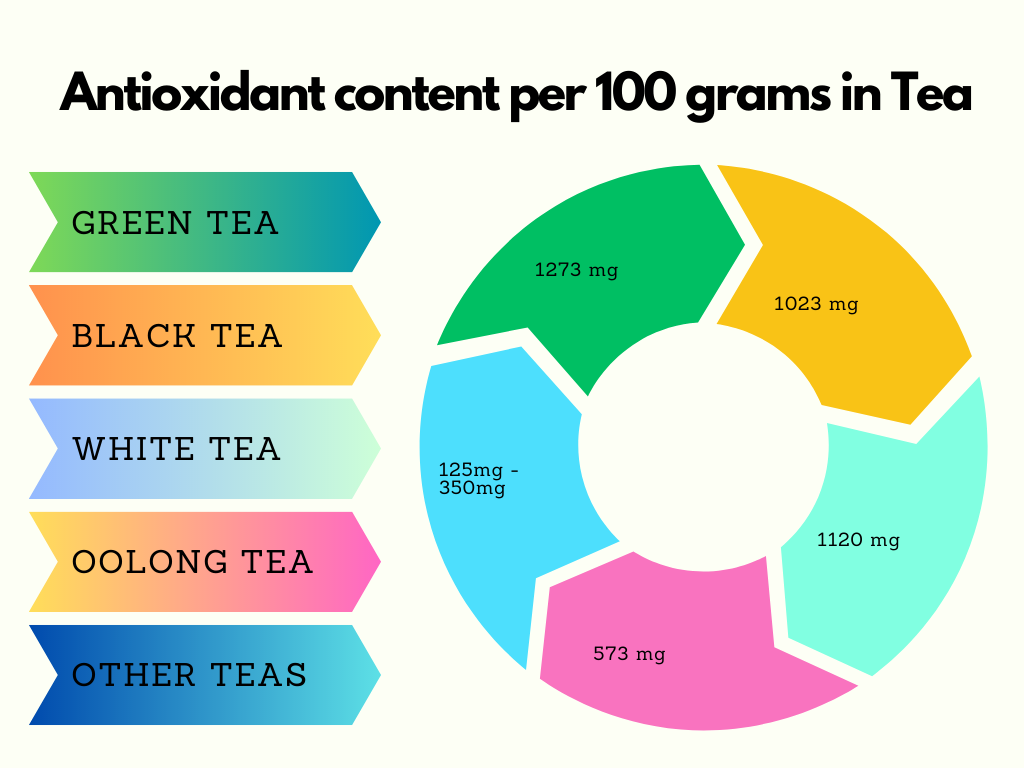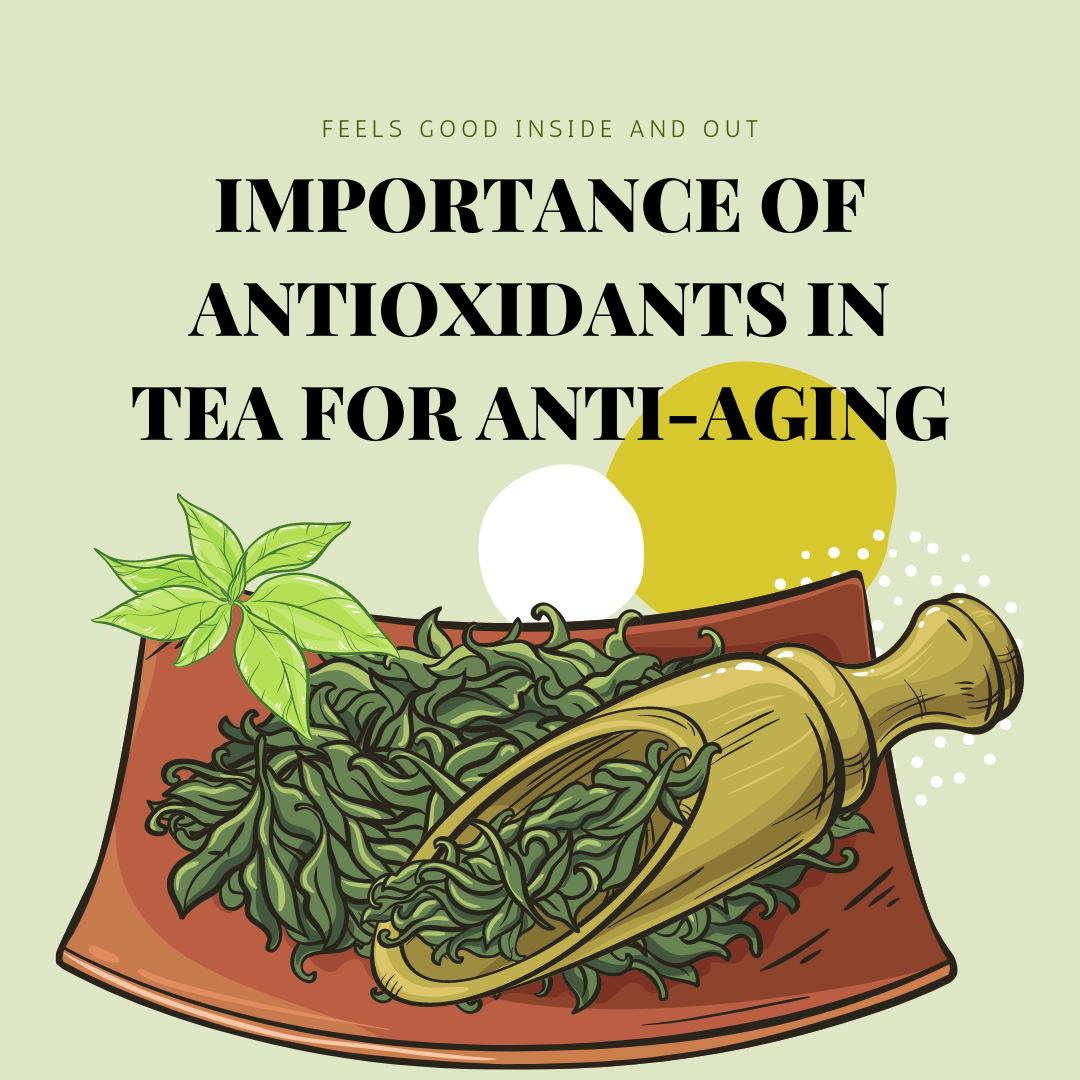Tea has been consumed for centuries, not only for its taste but also for its many health benefits. Among its many benefits, tea is rich in antioxidants, which play a crucial role in combating signs of aging in the skin. In this blog post, we will explore the importance of antioxidants in tea for anti-aging and the science behind it.
What are antioxidants?
Antioxidants are natural compounds found in certain foods that help protect our cells from damage caused by free radicals. Free radicals are unstable molecules that can damage cells and lead to various diseases, including cancer, heart disease, and Alzheimer’s. Antioxidants work by neutralizing free radicals, reducing their harmful effects on the body.
How do antioxidants in tea help combat signs of aging in the skin?
Tea, particularly green tea, is an excellent source of antioxidants. In fact, it contains a type of antioxidant called catechins, which have been shown to have a significant impact on skin health.
When it comes to aging, our skin is particularly vulnerable to damage caused by free radicals. Exposure to UV radiation, pollution, and other environmental factors can lead to the production of free radicals in the skin, which can cause premature aging, such as wrinkles, age spots, and sagging skin.
Antioxidants in tea can help combat these signs of aging by neutralizing free radicals and preventing them from damaging the skin. Additionally, catechins in tea have been shown to reduce inflammation in the skin, which can also contribute to premature aging.
Studies have shown that drinking tea regularly can help improve skin elasticity and hydration, reduce the appearance of wrinkles, and protect against UV damage. One study even found that women who drank green tea had fewer signs of aging in their skin than those who didn’t.
Types of tea and their antioxidant content
Different types of tea have different antioxidant contents. Here is a breakdown of the most popular types of tea and their antioxidant content per 100 grams:
- Green tea: 1273 mg
- Black tea: 1023 mg
- White tea: 1120 mg
- Oolong tea: 573 mg

While green tea has the highest antioxidant content, all types of tea can help protect against skin aging.
How to incorporate tea into your anti-aging routine?
To reap the benefits of tea for anti-aging, it’s essential to incorporate it into your daily routine. Here are some tips to help you get started:
- Drink tea regularly: Aim to drink at least one cup of tea per day, preferably green or white tea.
- Use tea as a toner: Brew a strong cup of tea and use it as a toner for your skin. The antioxidants in the tea can help protect and nourish your skin.
- Use tea in your skincare routine: Look for skincare products that contain tea extracts or use tea bags to make DIY face masks.
Conclusion
Antioxidants in tea, particularly catechins in green tea, play a significant role in combating signs of aging in the skin. By neutralizing free radicals and reducing inflammation, tea can help improve skin elasticity, reduce the appearance of wrinkles, and protect against UV damage. Incorporating tea into your daily routine is an easy and effective way to maintain healthy, youthful-looking skin. So go ahead and brew a cup of tea and enjoy the many benefits it has to offer.

[…] ensuring the leaves retain their natural, mild taste. White tea is particularly cherished for its wealth of antioxidants and potential health benefits, which include boosting immunity and improving skin […]